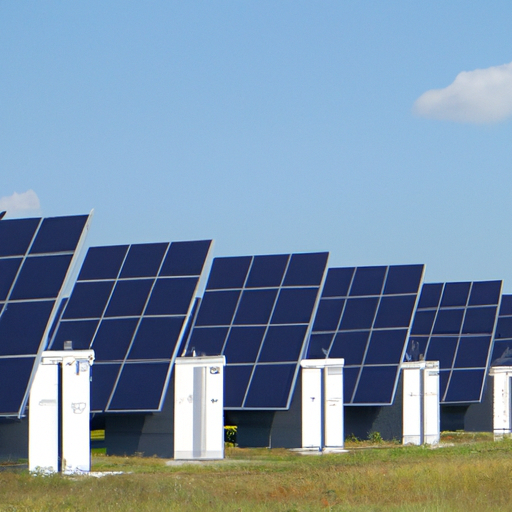The shift towards renewable energy sources has sparked a revolution in energy storage technologies. With the growing demand for green energy solutions, innovative energy storage systems are becoming essential. This article delves into the latest advancements in energy storage technologies, their impact on the energy sector, and their importance in the transition to a sustainable future.
Understanding Energy Storage Technologies
Energy storage technologies play a crucial role in managing electricity supply and demand. They allow stored energy to be available for use when production does not meet consumption. The two primary categories of energy storage are:
- Mechanical Storage: This includes pumped hydro storage and compressed air energy storage, which use mechanical processes to store energy.
- Electrochemical Storage: Predominantly manifesting in battery technologies, this category includes lithium-ion, sodium-sulfur, and flow batteries.
Why Energy Storage is Essential for Renewable Energy
As countries across the globe strive to increase their reliance on renewable energy sources such as solar and wind, they encounter the challenge of intermittency—where energy generation doesn’t always align with demand. Here are a few reasons why energy storage is vital for the renewable energy landscape:
- **Grid Stability**: Energy storage systems can provide grid stability by balancing supply and demand, thereby preventing blackouts.
- **Optimizing Usage**: These technologies enable users to store excess energy produced during peak generation hours for use during low production times.
- **Integration of Renewables**: Energy storage facilitates the integration of more renewable energy sources into the grid, promoting a cleaner and more sustainable energy future.
Innovations in Battery Technologies
The advancement of battery technologies is at the forefront of energy storage innovation. Here are some notable developments:
- Sodium-ion Batteries: A promising alternative to lithium-ion batteries, with a potentially lower environmental impact and cost.
- Solid-state Batteries: These batteries offer higher energy densities and improved safety compared to traditional lithium-ion batteries.
- Flow Batteries: Ideal for large-scale energy storage, these batteries promise longer lifespans and scalability.
The Role of Energy Management Systems
Effective management of energy storage systems is crucial for maximizing their benefits. Energy Management Systems (EMS) facilitate real-time monitoring and control of energy flows, optimizing energy usage and minimizing waste.
Conclusion
As we move towards a more sustainable future, energy storage technologies will play an essential role in ensuring the reliability and efficiency of our energy systems. Continued innovation in battery technologies and energy management will pave the way for enhanced green energy solutions. Embracing these changes will not only contribute to environmental conservation but also support the global effort to combat climate change.
Call to Action
Are you interested in learning more about energy storage technologies? Subscribe to our newsletter for the latest updates and insights into the renewable energy sector!




